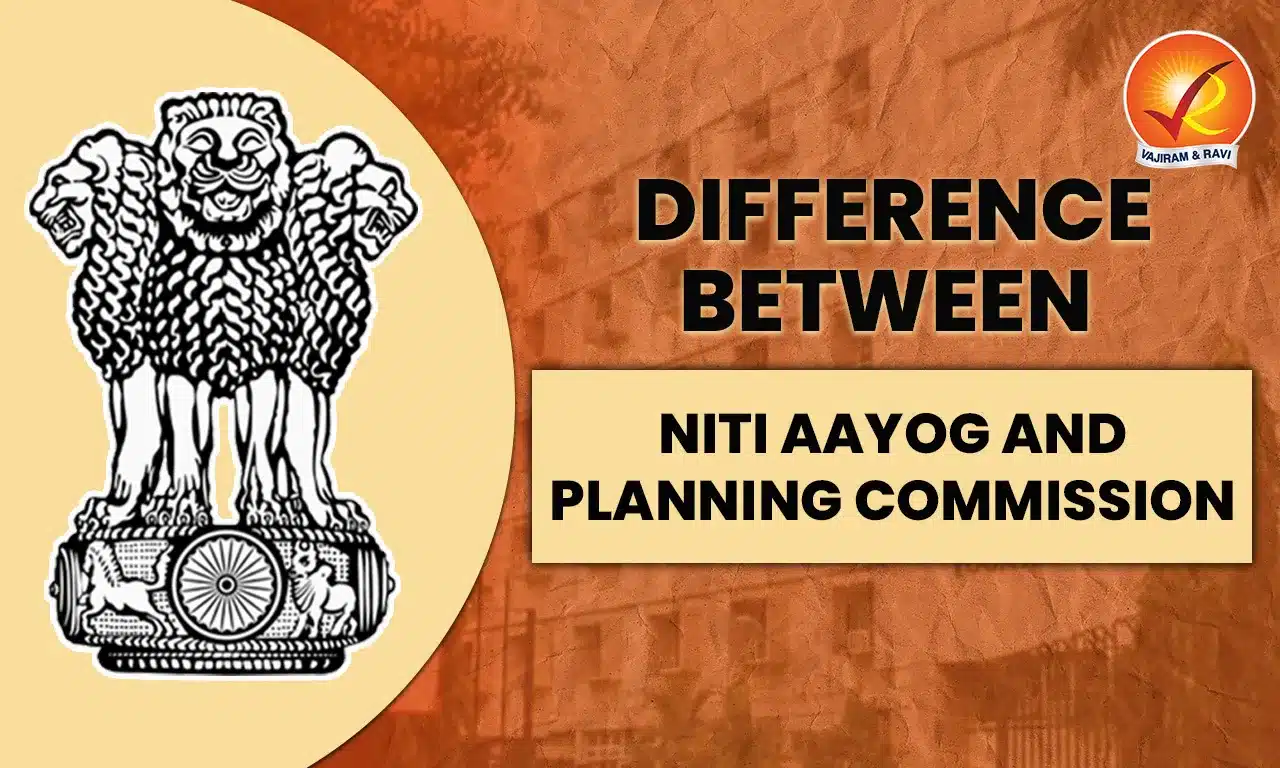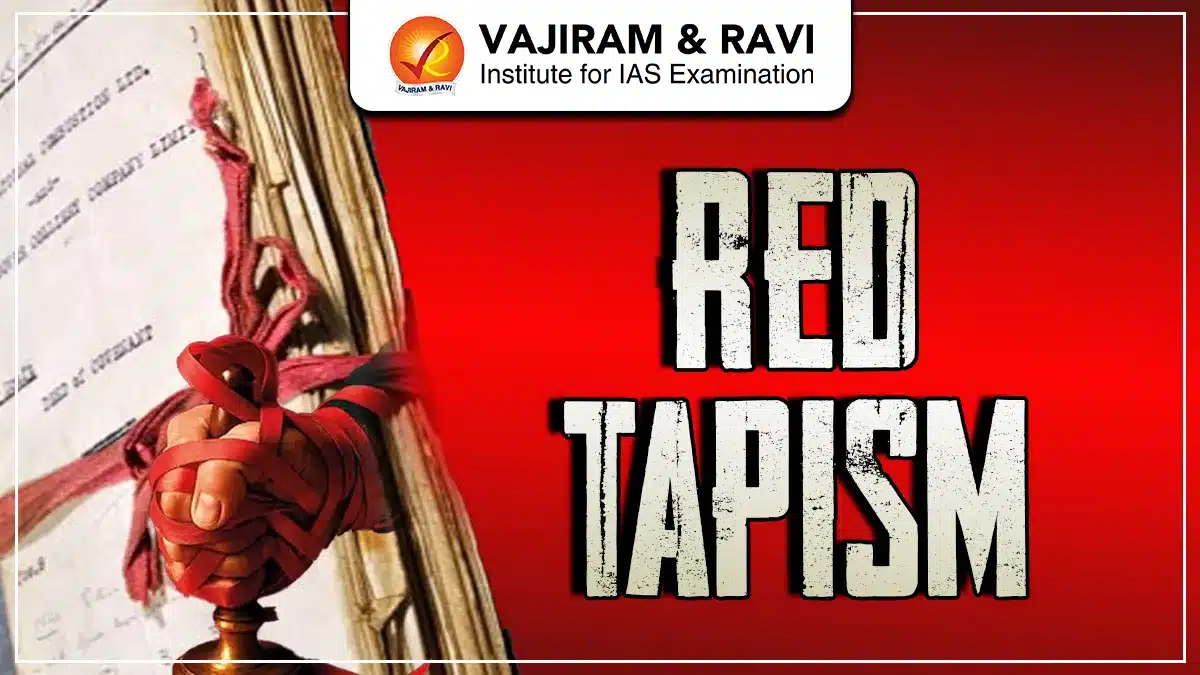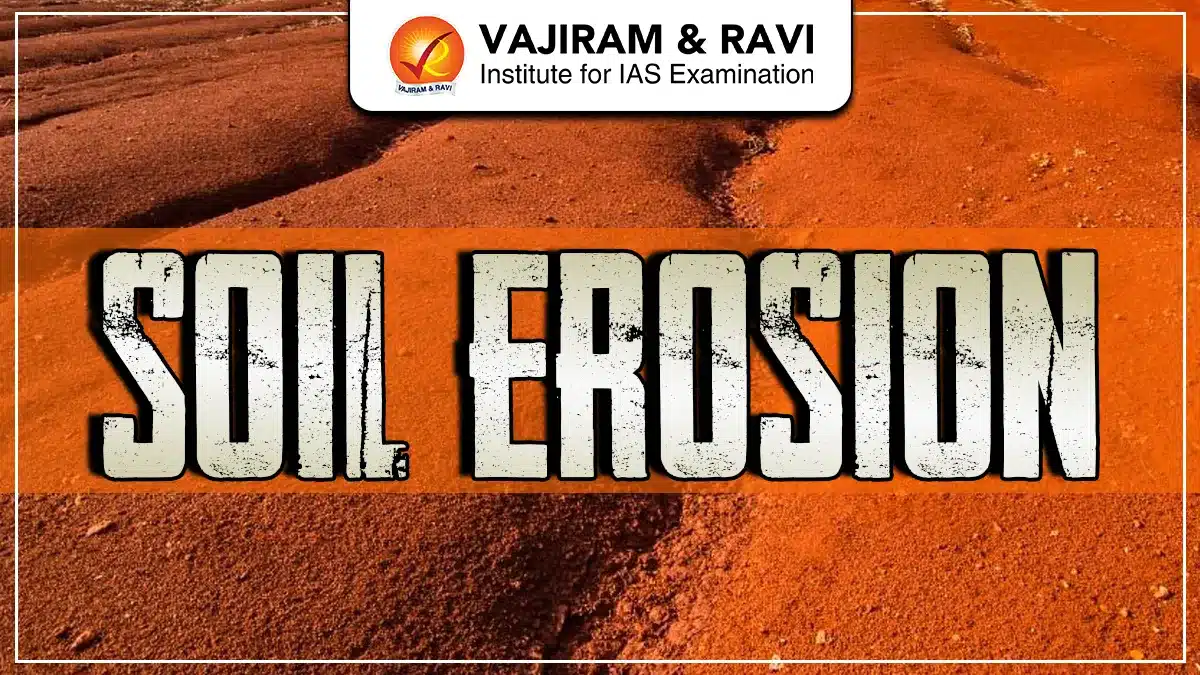The NITI Aayog, established as a successor to the Planning Commission, marks a transformative shift in India’s policy-making framework. It adopts a bottom-up, participatory approach aimed at promoting cooperative federalism and catering to the diverse development needs of individual states. With an emphasis on innovation, sustainable development, and institutional reform, NITI Aayog plays an important role in driving inclusive and adaptive growth across the country.
NITI Aayog
NITI Aayog stands for National Institution for Transforming India. It was established on January 1, 2015 by the Government of India, replacing the Planning Commission. It serves as the apex public policy think tank of the country, focusing on cooperative federalism, innovation, and evidence-based policymaking.
Key Features
- A policy think tank, not a fund-allocating body.
- Promotes bottom-up planning with state involvement.
- Encourages innovation, digital governance, and sustainable development.
- Plays a major role in monitoring and evaluating government schemes.
- Chaired by the Prime Minister of India.
Planning Commission
The Planning Commission was established in 1950 by a Resolution of the Government of India, based on the recommendations of the Advisory Planning Board (1946). It was responsible for formulating Five-Year Plans and allocating funds to central ministries and states.
Key Features
- Functioned as a centralized body with fund allocation powers.
- Focused on top-down planning and centralized development models.
- Emphasized economic planning through Five-Year Plans.
- Criticized for being bureaucratic and rigid.
- Also chaired by the Prime Minister of India.
Difference between NITI Aayog and Planning Commission
The NITI Aayog (National Institution for Transforming India) is a premier policy think tank established by the Government of India on 1st January 2015. It was set up to replace the Planning Commission and to introduce a more adaptive and consultative approach to policy formulation. Notable initiatives of NITI Aayog include the “15-Year Vision Document” and the “7-Year Strategy and Action Plan,” which aim to guide India’s long-term and medium-term development.
The Planning Commission, which was established on 15th March 1950 and functioned until its dissolution on 17th August 2014, was responsible for formulating Five-Year Plans that guided India’s economic strategy for decades. The following table outlines the key Difference between NITI Aayog and Planning Commission.
| Difference between NITI Aayog and Planning Commission | ||
| Aspect | NITI Aayog | Planning Commission |
|
Established In |
2015 |
1950 |
|
Nature |
Policy think tank |
Centralized planning body |
|
Approach |
Bottom-up, cooperative federalism |
Top-down, centralized planning |
|
Fund Allocation Powers |
No fund allocation role |
Had powers to allocate funds to states and ministries |
|
Planning Model |
No Five-Year Plans; promotes medium and long-term strategies |
Formulated Five-Year Plans |
|
Focus Areas |
Innovation, technology, monitoring, sustainable development |
Industrial growth, infrastructure, poverty alleviation |
|
State Involvement |
Active participation through Governing Council |
Limited involvement of states |
|
Structure |
Dynamic and flexible |
Hierarchical and rigid |
|
Chairperson |
Prime Minister |
Prime Minister |
|
Key Initiative |
Atal Innovation Mission, SDG Index, India@75 |
Five-Year Plans, Annual Plans |
Why Was NITI Aayog Formed?
The Planning Commission faced criticism for:
- Being bureaucratic and slow in execution.
- Ignoring state-specific needs in a rapidly evolving economy.
- Focusing too much on central control rather than federal cooperation.
NITI Aayog was established to:
- Promote competitive and cooperative federalism.
- Encourage innovation and policy experimentation.
- Provide policy inputs, monitoring, and evaluation.
Last updated on January, 2026
→ Check out the latest UPSC Syllabus 2026 here.
→ Join Vajiram & Ravi’s Interview Guidance Programme for expert help to crack your final UPSC stage.
→ UPSC Mains Result 2025 is now out.
→ UPSC Notification 2026 is scheduled to be released on January 14, 2026.
→ UPSC Calendar 2026 is released on 15th May, 2025.
→ UPSC Prelims 2026 will be conducted on 24th May, 2026 & UPSC Mains 2026 will be conducted on 21st August 2026.
→ The UPSC Selection Process is of 3 stages-Prelims, Mains and Interview.
→ UPSC Result 2024 is released with latest UPSC Marksheet 2024. Check Now!
→ UPSC Toppers List 2024 is released now. Shakti Dubey is UPSC AIR 1 2024 Topper.
→ Also check Best IAS Coaching in Delhi
Difference between NITI Aayog and Planning Commission FAQs
Q1. Why was the Planning Commission replaced by NITI Aayog?+
Q2. What are the main functions of NITI Aayog?+
Q3. Does NITI Aayog prepare Five-Year Plans?+
Q4. Which body has fund allocation powers, Planning Commission or NITI Aayog?+
Q5. What are some flagship initiatives of NITI Aayog?+

















